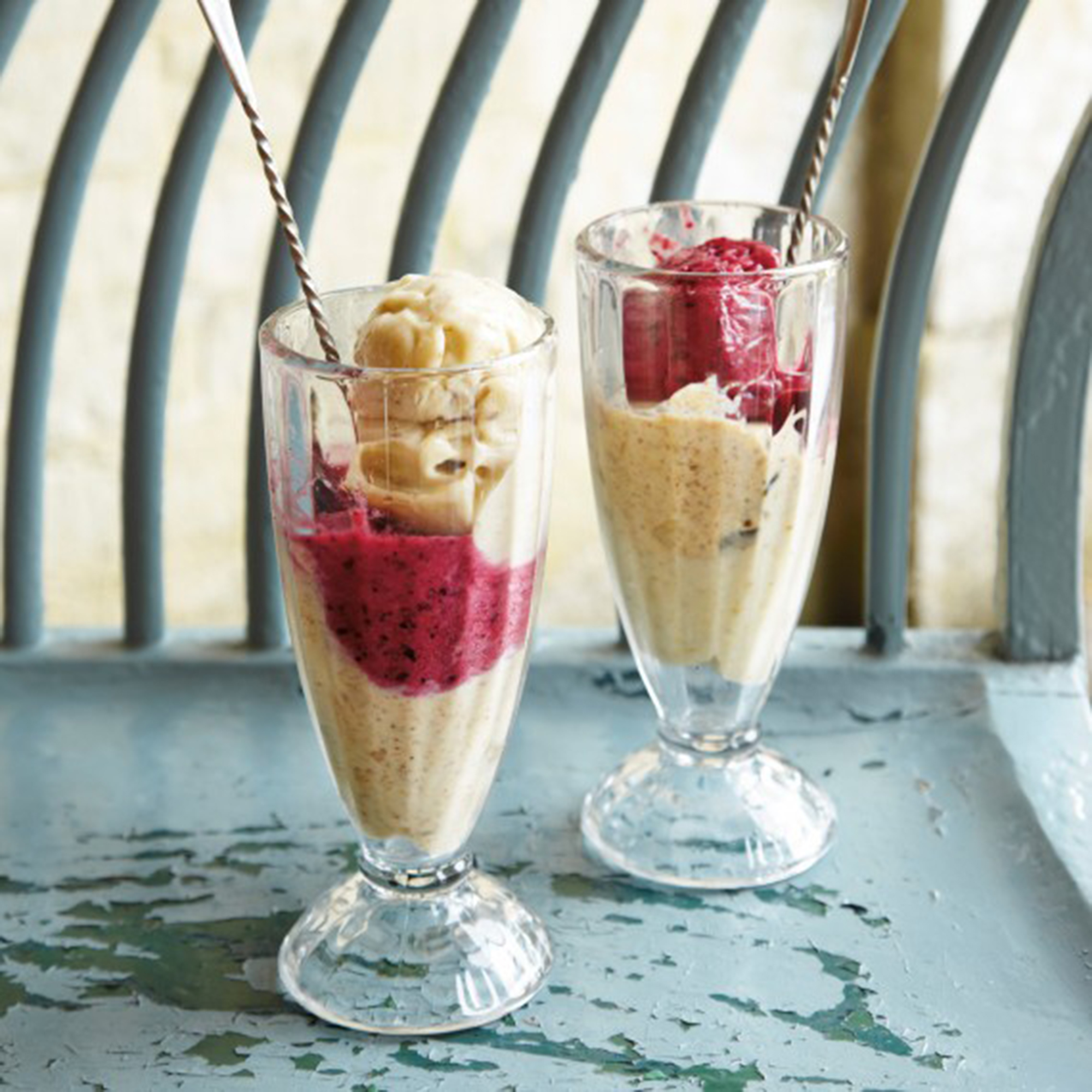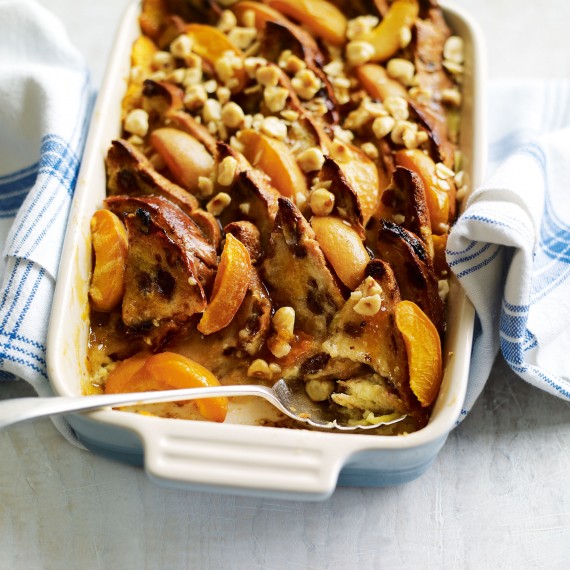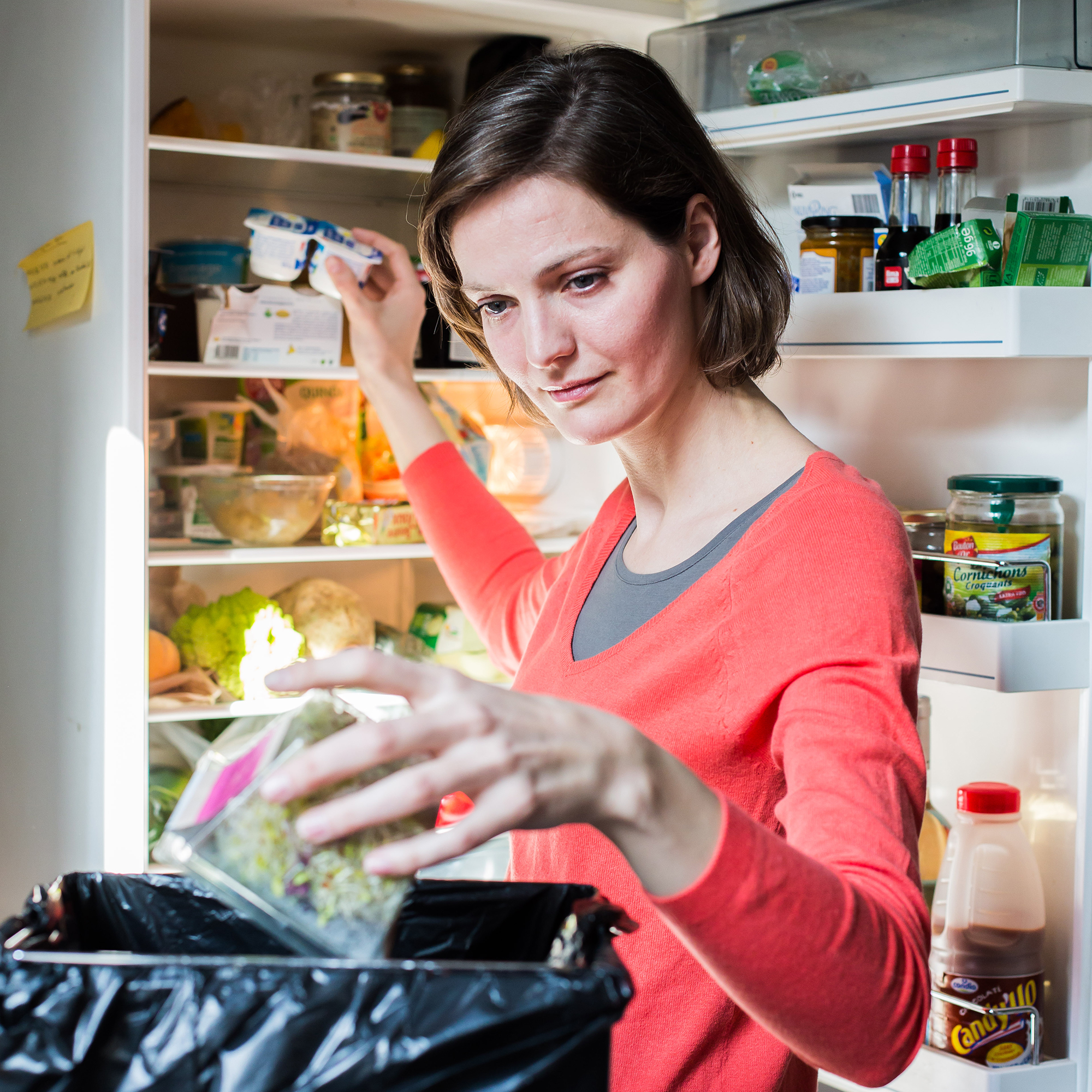It's a common household misconception that as soon as food reaches or goes past its best-before date, it needs to be thrown away. It's this misconception that the Waste and Resources Action Programme (Wrap) is campaigning to shatter as its research concludes that extending best-before dates by just one day could prevent 250,000 tonnes of food waste and save us shoppers a staggering £600 million.
We've put together 5 tips on how to decipher whether you should revive or throw away the food in your cupboards...
1. Know your labels
What's the difference between best-before dates and use-by dates? First things first, we need to clarify. Don't ignore use-by dates, especially when it comes to meat, fish and dairy, as it marks out food that goes off quickly and could be harmful if you eat it after it's gone off. Best-before dates are an indication of when food will be at its best, but food can be eaten safely past this date. This where your options come in.
2. Fill your freezer
Fresh food can be frozen right up to the use-by date. Cheese, milk, eggs, bread, pasta and fresh herbs can be frozen in usable portion sizes to prevent waste. Freezing meat on the day of purchase and taking it out as and when you need it is a good habit to get into. Just make sure you wrap it in freezer bags or freezer-proof plastic boxes to prevent freezer burn. To help cut back on food waste, pop foods that are approaching their use-by date in the freezer if they can be frozen, so you can save them for later.
3. How to use up fruit and veg
Fruit and vegetables will generally last much longer than their best-before dates suggest, especially if you store them properly.
Onions can last for months in a cool, dark place, rather than in the fridge, where they can turn soft. Once cut, wrap and pop in the fridge, where they will last a further 2-3 days.
When soft fruit such as berries start to turn soft, whizz them into smoothies and have them as a power breakfast.
Never keep bananas in the fridge as they can turn black more quickly, but beware of storing them in a fruit bowl with other fruit, as they give off ethylene, which will speed up the ripening process for the other fruit in the bowl. Unless of course, you'd like to ripen fruit such as avocados quicker, in which case pop them in a paper bag with a banana and check back the next day to check on the progress. If bananas turn overripe, take the opportunity to make banana bread, which is so much better with very ripe fruit, or slice the bananas thinly, freeze in a plastic bag then whizz them into Deliciously Ella's one ingredient ice cream whenever you feel like a sweet but healthy snack or dessert.

4. Find savvy storage solutions
Storing food in the right place is vital to keeping it in good condition for as long as possible. Most fresh food should be kept in the fridge but bananas and pineapple should be kept in a fruit bowl, somewhere cool. Keep bread and other similar baked goods such as croissants, panettone and brioche in a bread bin or similar container. These products tend to keep beyond their best-before date, but if you find bread has become stale or dry, check for any mould and if it's fine, toast it for an instant revive or finely grate it into breadcrumbs to use later to coat chicken or fish. If you have croissants, hot cross buns or panettone going spare, transform them into a wonderful spin on bread and butter pudding that everyone will love, such as this fruit bread and butter pudding.

Find more tips on how to store food on the Love Food, Hate Waste site
5. Use your senses
Trust your instincts and senses to smell, feel and look at the food as this is actually one of the most reliable ways to decipher if it has gone off. Food can go rotten before its best-before date, especially if it hasn't been stored properly. Don't go blindly by the label and learn to trust yourself.
